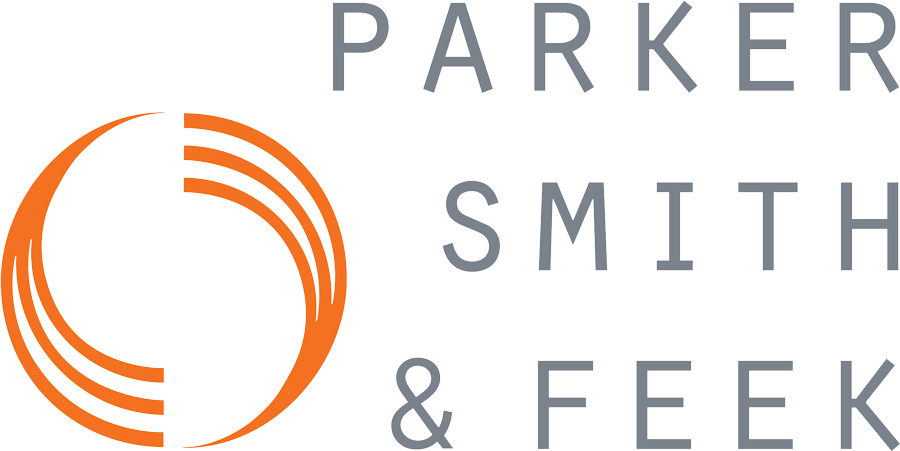n 2019, the federal government released expanded health reimbursement arrangement (HRA) regulations. The new rules allowed HRAs to be used to pay for individually purchased health insurance policies effective in January 2020. How has that turned out for employers and employees?
- Participants must have individual health coverage or Medicare
- Any limits on eligibility or contributions must comply with rules for specified classes of employees
- Participants must be able to opt out and waive any future reimbursements
- Employers must provide a new notice to eligible individuals
Minimum class size rules apply when an employer offers a traditional group health plan to one group of employees and an individual coverage HRA to another group based on full-time vs. part-time status, salaried vs. non-salaried compensation, or geographic location, if smaller than a state.
Employers are still allowed to offer a standalone HRA to reimburse excepted benefits and a full standalone HRA to retirees. The attractiveness of ICHRAs will depend on the employer’s staffing and benefit-offering goals and on the individual coverage options and vendor solutions available, which may vary from market to market and change over time.
See a detailed analysis of the ICHRA’s rules here: https://www.psfinc.com/articles/final-rules-two-new-hra-options-for-2020/
If you have any further questions about ICHRAs, reach out to the Parker, Smith & Feek Benefits Team.

